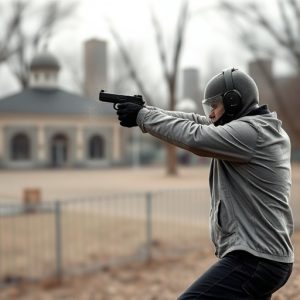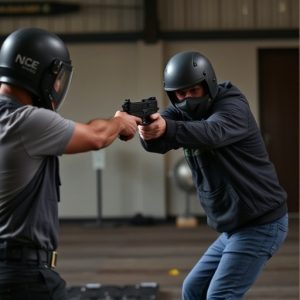Stun Guns vs Tasers: Features, Law, and Best Defense Choice
Stun guns and tasers, both non-lethal self-defense tools, differ in operation and safety features. S…….
stun guns and tasers, both non-lethal self-defense tools, differ in operation and safety features. stun guns utilize direct contact or projected beams with adjustable voltage settings, offering controlled and targeted attacks while minimizing bystander harm. Best safety features in stun guns include automatic shut-off mechanisms, durable construction, and LED flashlights, promoting responsible use. Tasers, though more powerful, fire probes into the body, requiring stricter regulations for civilian ownership due to potential risks. Understanding local laws and the unique advantages of each tool is essential when selecting a non-lethal deterrent with robust safety features.
“Uncover the distinct world of personal defense tools with our comprehensive guide on stun guns and tasers. From understanding the foundational concepts to exploring advanced features, we demystify these devices. Learn how stun guns disable opponents through electrical jolts, contrasting with tasers’ unique design and firing mechanism. Discover the crucial role of safety features in stun guns, their legal implications, and expert advice on selecting the optimal self-defense solution. Ensure you’re informed with our insightful analysis.”
- Understanding Stun Guns: Definition and Basic Functionality
- Tasers: How Do They Differ in Design and Operation?
- Safety Features in Stun Guns: A Comprehensive Look
- Legal Considerations: Usage and Regulations for Both Devices
- Choosing the Best Self-Defense Tool: Stun Gun vs Taser
Understanding Stun Guns: Definition and Basic Functionality
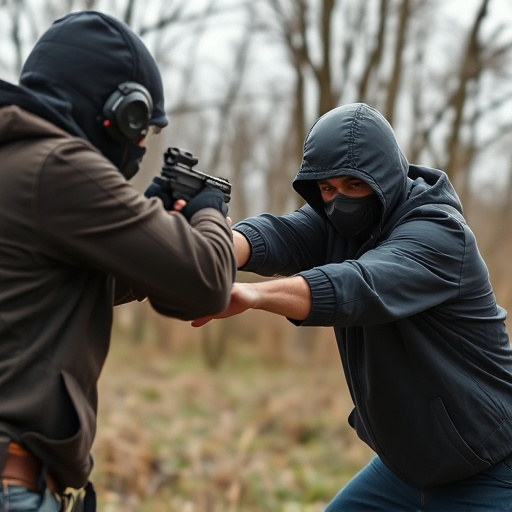
stun guns, also known as electroshock weapons, are non-lethal self-defense tools designed to incapacitate a target through electric current. They fire small projectiles that contain electrodes, which make contact with the target’s skin, delivering a powerful electric shock. This disruption in the target’s neuromuscular system causes temporary paralysis, allowing the user and bystanders to escape potentially dangerous situations.
When it comes to safety features, stun guns are engineered with several best practices in mind. Many models incorporate safety switches that must be activated before firing, preventing accidental discharge. Some advanced designs include features like LED flashlights for low-light conditions, durable construction for reliability, and adjustable voltage settings to adapt to various threat levels. These best safety features ensure users have control over the device, minimizing risks and maximizing effectiveness in self-defense scenarios.
Tasers: How Do They Differ in Design and Operation?

Tasers and stun guns are both non-lethal weapons designed to incapacitate individuals, but they differ significantly in design, operation, and effect. Tasers, officially known as Conductivity Energy Devices (CEDs), use electrical current to disrupt muscle control, causing temporary paralysis. They typically consist of two probes connected to an energy source by wires, which are fired into the target to deliver a powerful electric shock. This technology offers unique advantages in terms of safety and control, ensuring operators can target specific areas without causing permanent damage.
Stun guns, on the other hand, emit a high-voltage, low-current electrical pulse through a metal probe or by directly touching the target. Unlike tasers, they do not require probes to make contact and can be used at a distance. While stun guns are generally easier to operate, they often lack some of the best safety features found in modern taser models, such as controlled current delivery and targeted activation. These differences highlight the varied approaches taken by manufacturers to balance power, range, and user safety in non-lethal self-defense tools.
Safety Features in Stun Guns: A Comprehensive Look
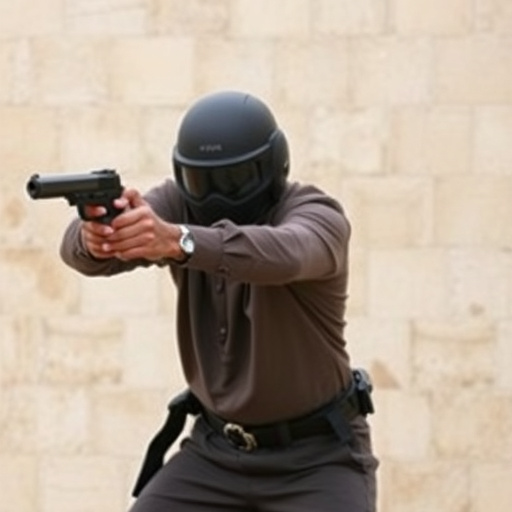
Stun guns, also known as electroshock weapons, are designed to temporarily incapacitate a target through electrical impulse. Among their best safety features is the controlled and targeted nature of their attack; unlike tasers that fire probes into the body, stun guns deliver an electric shock via a direct contact or projected beam. This design significantly reduces the risk of accidental injuries or fatalities as it allows users to aim for specific areas, minimizing damage to bystanders or non-threats.
Another critical safety feature is their limited range and power settings. Unlike tasers that can fire up to several meters, stun guns typically have a shorter effective range, usually around 2-5 meters. Moreover, most models offer adjustable power levels, allowing users to select the appropriate level of force based on the situation, which helps in preventing excessive use of force and associated harm. Regular maintenance, such as keeping them charged and storing them safely, also contributes to their overall safety and reliability, ensuring they are only used when necessary and with a clear understanding of their capabilities and limitations.
Legal Considerations: Usage and Regulations for Both Devices
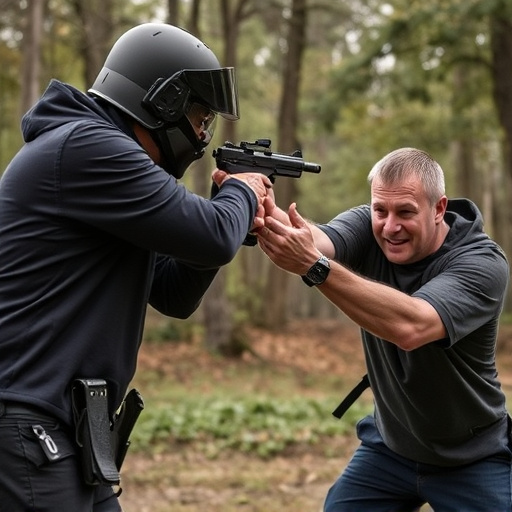
The legal landscape surrounding Tasers and stun guns varies significantly from region to region, reflecting complex debates around public safety, personal defense, and law enforcement practices. While both devices are designed for non-lethal force, their use is subject to strict regulations and guidelines. Law enforcement agencies often have more permissive policies for Tasers, recognizing their effectiveness in crowd control and apprehending resistant suspects. Stun guns, on the other hand, are typically available to civilians under stricter controls, with usage limited primarily for self-defense against threats.
Key considerations include permit requirements, places where they can be carried (private homes vs. public spaces), and circumstances under which they may be used. For instance, best safety features in stun guns, such as automatic shut-off mechanisms and low voltage settings, are designed to minimize risk of accidental discharge or harm to bystanders. Understanding local laws is crucial for responsible ownership and use, ensuring that these powerful tools serve their intended purposes without compromising public safety.
Choosing the Best Self-Defense Tool: Stun Gun vs Taser
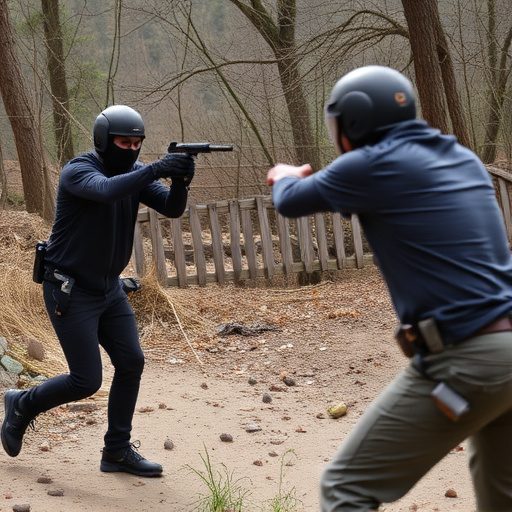
When it comes to personal safety and self-defense, choosing the right tool is paramount. Among the options available, stun guns and tasers are two popular choices, each with unique features and benefits. Understanding the differences between them is crucial for making an informed decision based on your specific needs and circumstances.
Stun guns are known for their simplicity and ease of use. They typically fire a small dart or project a powerful electrical current to incapacitate a target. The best safety features in stun guns often include automatic shut-off mechanisms after a few seconds, ensuring safe handling and minimizing the risk of accidental discharge. Their non-lethal nature makes them appealing for individuals seeking a non-violent deterrent. In contrast, tasers use two pronged probes to deliver a high-voltage, low-current electrical pulse, temporarily paralyzing the subject. Tasers are generally considered more powerful than stun guns and can be effective at longer ranges. However, they may require a bit more training for safe and effective deployment. Both options offer distinct advantages, making them valuable tools for personal safety when used responsibly.
When comparing taser vs stun gun, understanding their unique features is key for informed self-defense. While both devices incapacitate through electric shock, tasers offer a more focused, longer-range strike, making them ideal for crowd control and distance-based threats. Stun guns, on the other hand, provide a powerful, close-range jolt with faster recovery time. When selecting the best tool, consider your specific needs, safety features like those offered by the best stun guns known for their reliable performance, local laws, and personal comfort levels. Make an educated choice to ensure you’re prepared with the optimal defense mechanism.
